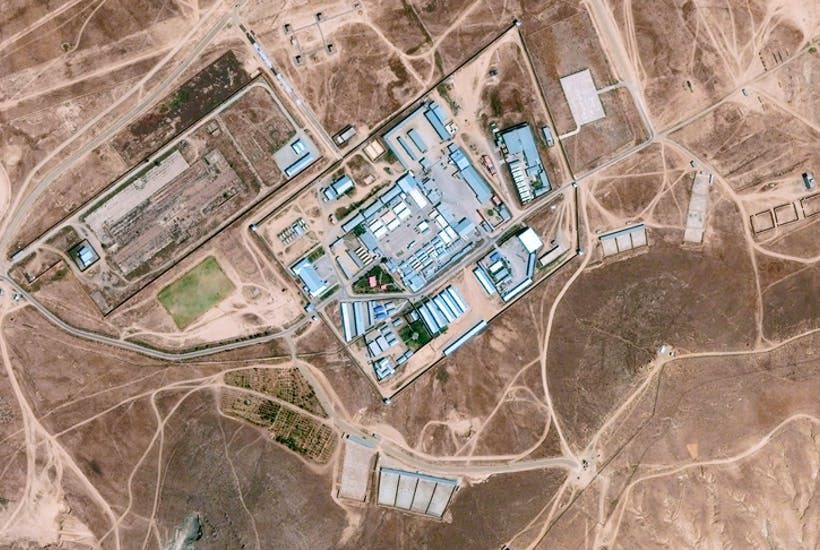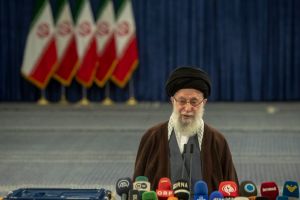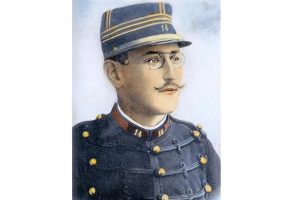Early every morning through the spring of 2002, US troops at Bagram airfield on the Shomali plains north of Kabul assembled on a makeshift parade ground. After the daily briefing, an officer announced the number of days since 9/11, read a short obituary of a victim of the attack and reminded the troops of their mission: to capture or kill those responsible for the worst terrorist strike ever in the US.
Only a year previously, Bagram had been captured by the Taliban, who then exercised nominal control over 80 per cent of Afghanistan. Reduced to bombed-out buildings and a potholed, unusable airstrip, it was of limited strategic importance. Within weeks of the US-led invasion the runway was in constant use. Helicopters rotored throughout the night. Huge cargo planes arrived by day, some carrying thousands of meals cooked in US bases in Germany.
Hundreds of olive green tents surrounded the refurbished control tower, home to the US special forces and light infantry units who flew from Bagram to raid distant villages in the hope of picking up the trail of al-Qaeda fugitives. They had limited success, not least because most of their targets had long fled into Pakistan or Iran.
These men, as Steve Coll pithily puts it at the beginning of this impressive, authoritative and hugely detailed account of American misadventures in Afghanistan from 2001 to 2016, were going ‘blind into battle’. They had night sights — but little idea of who their enemy was, let alone where they might be.
Nor did their commanders or their political masters. The latter were distracted by other issues, usually domestic, and by the unfolding, unnecessary fiasco in Iraq. The troops’ mission evolved, mutating into nation-building on the cheap, then into fighting the Taliban as well as al-Qaeda, then to fighting narcotics production too before finally reverting to more or less where they had started.
Currently the US has around 13,000 troops in Afghanistan. Their primary purpose is to fight Islamic extremists who might threaten the homeland. But is this a counter-terrorist or a counter-insurgency mission? Are they there to shepherd a troubled country towards democracy and prosperity or simply slow its slide into anarchy? Are they fighting to defeat the Taliban, now back in charge of swathes of the country, or force the movement to negotiate? Is the US, as its ambassador in Kabul told me in 2009, really ‘committed to Afghanistan for, if not quite the life of the sun, then the foreseeable future’, or desperate to get out? Even 16 years into a very long war, no one has answers.
Coll, who covered the region as a reporter in the early 1990s, is the perfect guide to a dismal tale. His Pulitzer prize-winning Ghost Wars described CIA activities in the region in the 1980s when the agency, in conjunction with Pakistan and Saudi counterparts, supported various mujahideen factions against Soviet troops in Afghanistan and the forces of the Soviet-backed regime in Kabul.
Ghost Wars was a major achievement, not least because it made quite clear that the CIA had not ‘created’ al-Qaeda as is so often claimed. Instead, Coll showed, US aid was channelled almost entirely through Pakistan’s Inter-Services Intelligence (ISI) and assisted only local Afghan factions. Foreign extremists such as Osama bin Laden had their own resources or backers.
The resources Coll has drawn together for his new work are impressive: four researchers conducted 550 interviews over the best part of a decade, as well as sifting a mass of primary and secondary source reading.
The result is predictably imposing. ‘Directorate S’ refers to the secret section within ISI devoted to interventions in Afghanistan, but its principal subject is the CIA. The first 100-odd pages recount the familiar history of the very early years in Afghanistan post 9/11. Coll makes the excellent point that the ease of initial victory over the Taliban led to many of the hubristic mistakes that followed. He blames the CIA, operating from a semi-derelict hotel in central Kabul memorably described as ‘a cross between a Central Asian organised crime clubhouse and a clapboard hotel in an old western’ for many of these.
One mistake was to back the return of warlords, whose abuses had led to the rise of the Taliban in the first place. This crippled the long-term effort to stabilise Afghanistan under a government with any legitimacy.
Another was the enthusiastic adoption of torture, which Coll attributes to ‘desperation’ inspired by an almost total lack of solid information about al-Qaeda and the threat it posed, fear, groupthink and pseudo-science. It was not just thuggish contractors on far-flung ‘black sites’ who were supporters of waterboarding, stress positions and physical assault — though they clearly went at their loathsome task with some gusto. Analysts back at headquarters in the US, including women whose warnings had been overlooked before 9/11, often urged the use of harsh techniques.
By 2006, the Taliban were resurgent. The history of counter-insurgency efforts has made amply evident the near impossibility of defeating irregular opponents who benefit from cross-border safe havens. US commanders and the CIA began to realise the importance of the hospitality offered to the movement’s leaders by Pakistan in the aftermath of the 2001 invasion. As during the late 1990s, Pakistan’s aim was to use the Taliban to ensure a pliant neighbour on its western frontier — or at least to restrict Indian influence there. This goal was pursued with ruthless consistency.
The strategy was complicated, how-ever, by a growing Islamist insurgency within Pakistan, and by the nation’s own long-term backing of extremists, such as those who attacked Mumbai in 2008. The two phenomena are not unconnected. Coll explores this murky world in detail, drawing deft portraits of key players such as Ashfaq Kayani, the intense, formidable, Dunhill-smoking head of ISI and subsequently of Pakistan’s army, who pursues the far from congruent interests of his nation and its military with dedication and utter cynicism.
Despite Washington’s interminable debates on how to deal with the Pakistanis, relations between the superpower and its supposed ally steadily deteriorated. By 2011, with the US effectively admitting defeat in Afghanistan, they were abysmal, and were not improved when the CIA located Osama bin Laden in a compound in northern Pakistan, where he was killed by US special forces. In his methodical and measured way, Coll tackles the question of whether bin Laden was protected by the ISI. His account does not add anything new, and gently encourages the reader to see a cock-up rather than a conspiracy.
Apart from a handful of junior army officers and academics, few individuals come well out of Coll’s book. David Petraeus, the much-lauded general who ran the relatively successful ‘surge’ in Iraq before trying something similar in Afghanistan, appears a vain, complacent man whose gift for self-promotion obscured serious failings. Richard Holbrooke, Obama’s special representative, is self-important and blustering. The Pakistanis are on the whole devious. Hamid Karzai, the Afghan president, is mercurial and conspiratorial, if not actually unhinged. Bush is well-meaning but distracted and tragically ignorant of ground realities. Obama appears over-clever and weak, not cerebral and prudent. The Europeans are usually unhelpful. Directorate S emphasises that any contribution made by the British military and intelligence services was marginal at best when a global view is taken.
What is most striking is that none of the most senior policy-makers anywhere — with the possible exception of Obama — appears capable of understanding that the Taliban were not simply a band of appallingly brutal fanatics who took over a country, nor a Pakistani proxy, but, unlike al-Qaeda, a movement with deep roots in the recent history, politics and culture of their nation and, like it or not, with a genuine constituency. This, and the cross-border havens, always meant that any conclusive victory over the movement would remain very unlikely.
Two chapters stand out. One covers the grinding combat in southern Afghanistan in 2009 and 2010, where the horrific daily reality for fighting soldiers is nicely juxtaposed with the tergiversations of generals and officials safe in Kabul and Washington. The other describes the urgent hunt to uncover the causes of a spate of killings of western servicemen by their Afghan ‘comrades in arms’, which may have accounted for an incredible 25 per cent or more of international forces’ casualties in 2012. Both are written with quiet anger. It is astonishing that Coll otherwise remains so measured and reasonable, given the catalogue of error and atrocity he recounts.


















